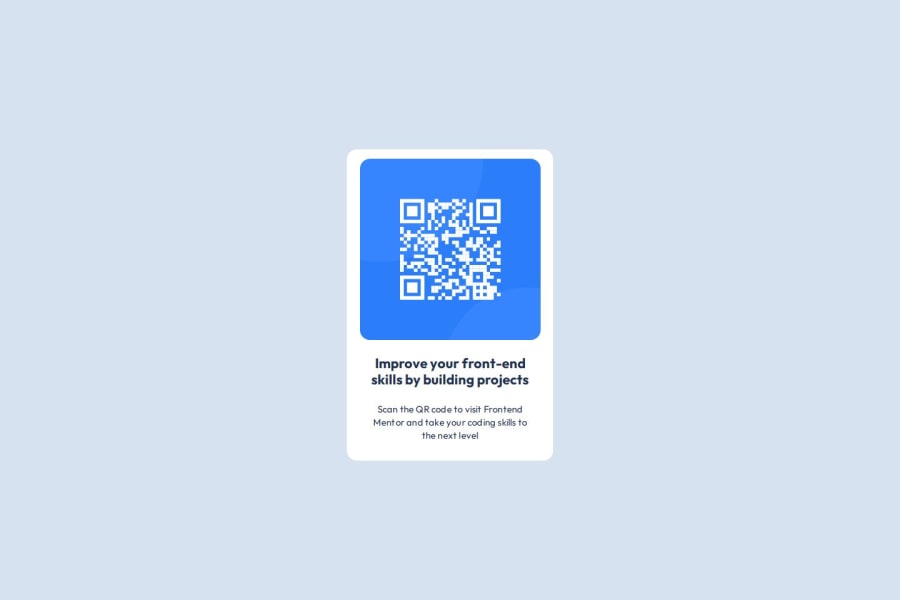
Design comparison
SolutionDesign
Solution retrospective
What are you most proud of, and what would you do differently next time?
I learnt the importance of reading through the README.md and Figma file in order to fully understand what to do. Next time I will read all the documents first rather than racing ahead.
What challenges did you encounter, and how did you overcome them?I found getting the sizing right. To overcome this I read through more documentation.
What specific areas of your project would you like help with?I'm interested in getting general feedback on my finished project. Any tips and tricks to shorten/improve my code would be appreciated.
Community feedback
Please log in to post a comment
Log in with GitHubJoin our Discord community
Join thousands of Frontend Mentor community members taking the challenges, sharing resources, helping each other, and chatting about all things front-end!
Join our Discord
